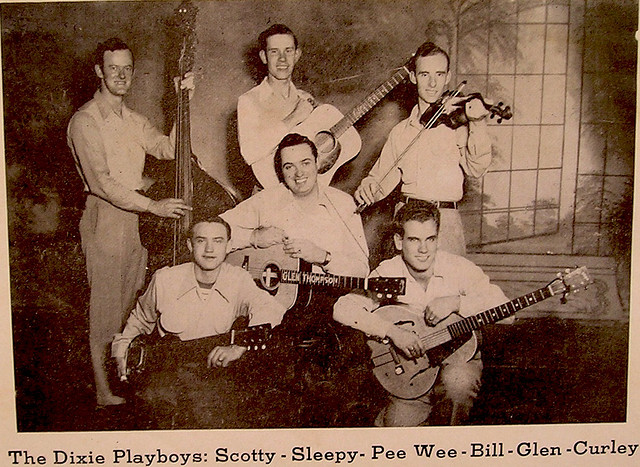This week Judge Royce Lamberth of the District Court for Washington, DC, issued a temporary injunction halting the enforcement of President Obama’s stem-cell executive order from last year. If you do not recall, this order reversed President Bush’s ban on using human embryos for such research. I spoke to President Obama’s decision and reasoning on CAPC last year and will not rehearse those arguments again. However, I do think this ruling is worth noting.
The decision is based on statutory interpretation and not Constitutional. In non-legal jargon, the judge based his reasoning on examining a particular law and not by looking to a principle in the Constitution. The specific law in question is the Dickey-Wicker Amendment, a bill banning research on human embryos that either destroys them or subjects them to tests not allowed on unborn children in the womb. This amendment passed as part of the funding bill for Health and Human Services in 1996 and continues to be added unchanged to the agency’s appropriations bill each year.
The statutory instead of Constitutional basis of the injunction means the course of this case is unlikely to comprise a major shift in how we legally consider human life pre-birth; that is, unless another court decides to take up the Constitutional issues involved. The injunction does give us in the public another opportunity to discuss the crucial issue of the nature of human life—what is it and when does it begin? Specifically, why would a ban on destroying human embryos in research be approved rather easily year after year? What moral claims does it make in the ban and are they legitimate?
This issue deserves our continued focus as we try to build a God-honoring ethic for it. The stakes are high for a wrong choice.










